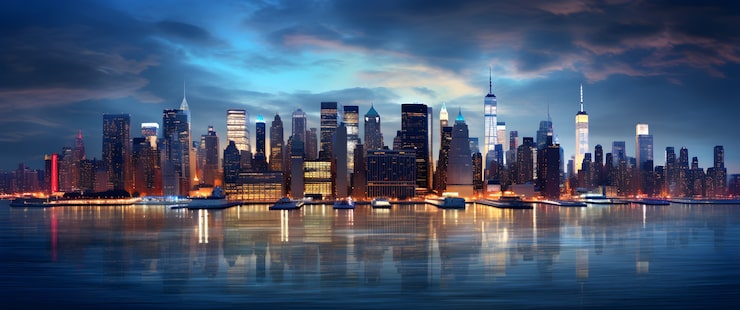
Because I studied urban planning in college, I’ve got a good sense of how cities grow, change, fall apart, and gentrify over time. If I could choose where to retire, I’d probably pick a quiet mountain retreat—far from everything. But this is about metro cores and suburbs in the States, so let’s look at a few reasons cities beat suburbs.
First: sidewalks. On my bike commute through layers of Minneapolis, as soon as I cross the city line, the sidewalks disappear. That leaves dog walkers and kids hugging the curb or waiting for the bus. No sidewalks is just bad planning. In city neighborhoods it’s a relief to have safe sidewalks for strollers, people in wheelchairs, kids learning to ride, and adults who’d rather not be run over by someone in a car. Why did suburban planners skip sidewalks? Probably to cut costs, and because many suburbs were built during the golden age of the car (1940s–1960s). Things are slowly changing where money is involved—wealthy Edina has started adding sidewalks on busier streets. It’s a start. After a drunk driver nearly hit a walker and his dog in a neighborhood with no sidewalks, I’m convinced sidewalks are priceless for everyday safety.
In a city neighborhood you can usually count on being able to walk to a handful of places. Within ten minutes of our house we can get to the grocery store, pharmacy, library, a few restaurants and coffee shops, elementary and middle schools, a great craft-beer liquor store, parks, paved trails, and lakes. Minneapolis is a great city—at least for seven months of the year. Head out to the suburbs and you’re in the car a lot, ending up in neighborhoods with nice houses that all look the same. The trees are often younger and fewer, which is a shame if you like a thick tree canopy to shield you from intense summer sun.
I spent the first eight years after moving here in the suburbs—second ring stuff. I drove a lot. I had a nice $1,000 bike that sat unused for most of its life. The more time you spend on 65 mph roads, the more likely you are to get into a crash, and the less healthy your life can be.
If you think living out in the country is safer, think again. Without sidewalks and with car trips for every errand, you’re more likely to die in a car crash than from random urban crime. We all fear the boogeyman, but a speeding car that doesn’t care what it hits is the real danger. We have friends who live way out in the exurbs who feel safer because they’re farther from people; they rely on conceal-and-carry, but that won’t stop a traffic accident. That kind of thinking is sad. A divide has formed—us vs. them, city vs. suburbs—and posts like this probably don’t help. If I shared these safety stats with my exurban friends, they’d probably call me a Democrat or a liberal.
City life isn’t perfect. For example, Minneapolis has a major international airport inside the city. It’s noisy. Many nearby homes got free soundproofing upgrades, but it’s still not great to sit on your deck on a warm night and listen to planes. And yes, city living often costs more. Property taxes in the Twin Cities have risen year after year. The parks, trails, police and fire services, and schools are great, but they aren’t free.
In big metros you might pay $10,000 to $20,000 more per year to live in the city. In Minneapolis that gap is thankfully under $10,000—partly because homes outside the city are newer and suburban schools are well funded. Still, there are ways to make city living affordable.
Not all suburbs are the same. Some Twin Cities suburbs have real town centers with sidewalks and places that feel friendlier to people than to cars. Some great amenities are out in the suburbs, and rising city costs are pushing some suburbs to develop small, walkable cores of their own.
In the end, it’s not a contest worth fighting over. But having lived half my life in both places, the city—more specifically a city neighborhood, not downtown—is where my heart is. The one exception: I’d happily live in a small city without highways or high-rises, where basic needs are a healthy walk or bike ride away. Something about Colorado still calls to me.
